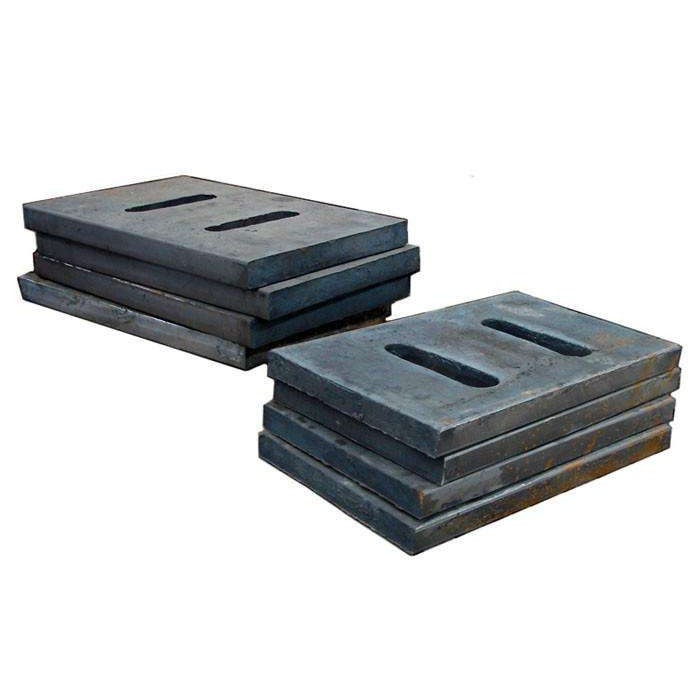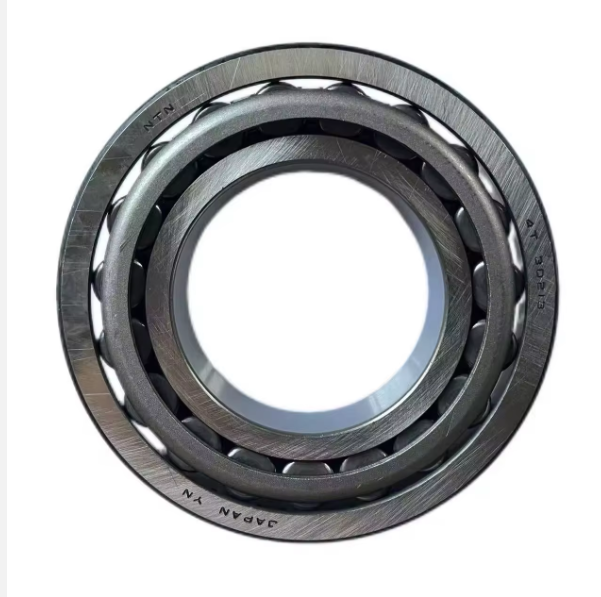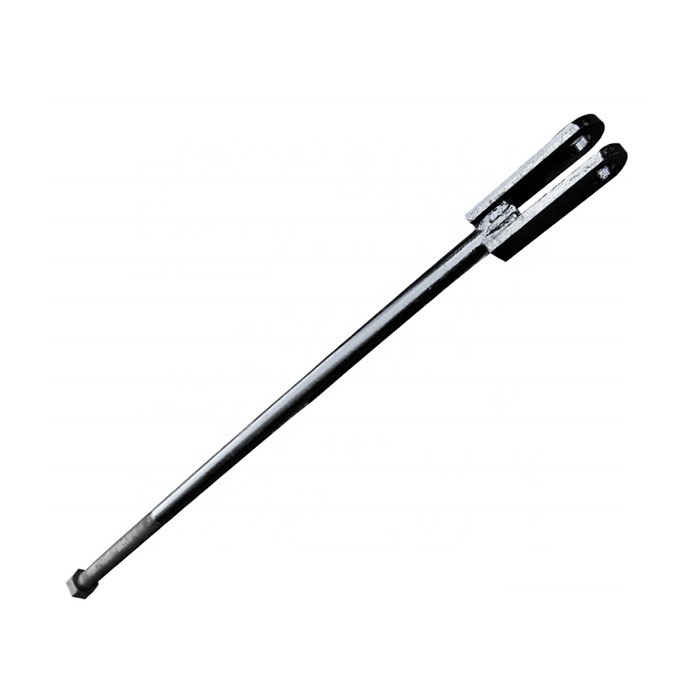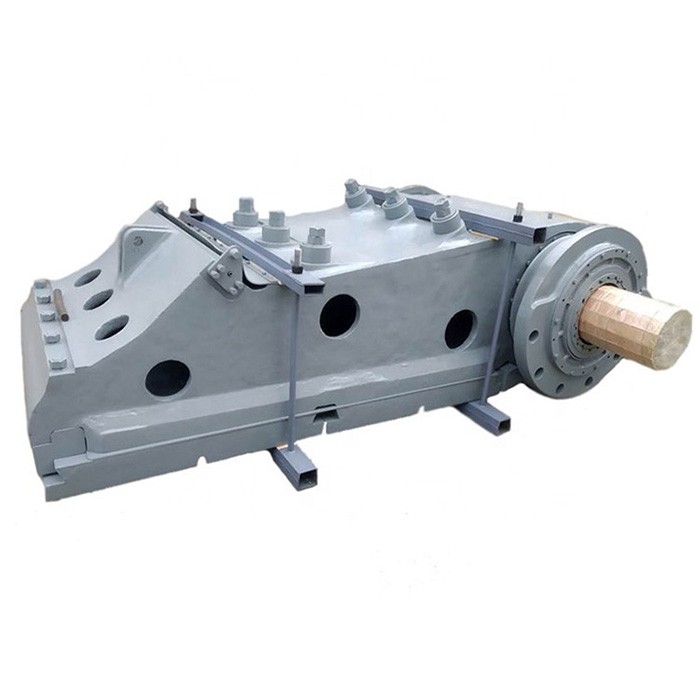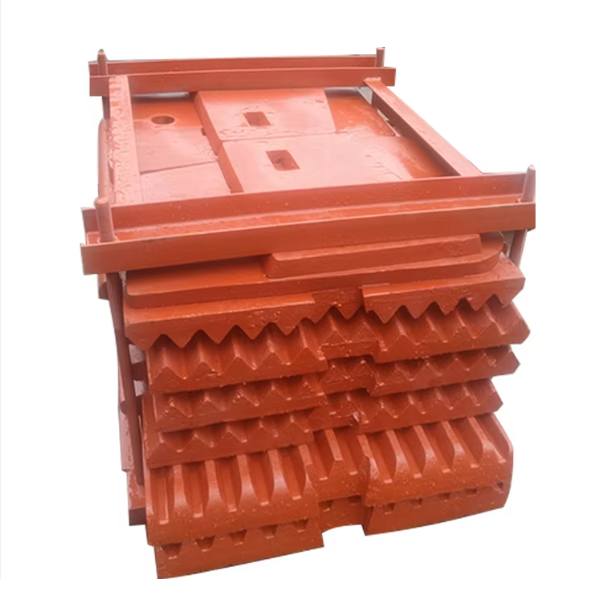Jaw Crusher Bearings
Bearings are core components in jaw crushers, facilitating rotational motion and load-bearing at connections between the eccentric shaft, swing jaw, and frame. Typically spherical roller bearings, they consist of inner/outer rings (GCr15 steel), spherical rollers, cages (brass/stamped steel), and seals (IP54+), designed to withstand radial/axial loads and accommodate angular misalignment.
Manufacturing involves forging, spheroidizing annealing, precision grinding, and heat treatment (61–65 HRC for rings). Quality control includes chemical analysis, dimensional checks (tolerances ≤0.005 mm), hardness testing, and MT/UT for defects.
With a 8000–12000 hour service life, they ensure efficient crusher operation through high precision and durability, dependent on proper lubrication and maintenance.
More





